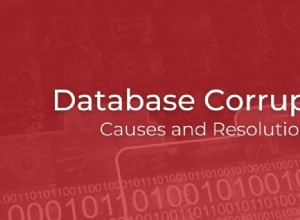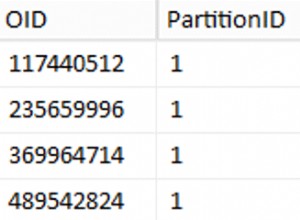C'è un motivo per cui vuoi reinventare la ruota? Perché non utilizzare il controllo integrato di Oracle?
Oracle Base fornisce alcune informazioni di base su come iniziare a controllare:
AUDIT_TRAIL = { none | os | db | db,extended | xml | xml,extended }
L'elenco seguente fornisce una descrizione di ciascuna impostazione:
none or false - Auditing is disabled.
db or true - Auditing is enabled, with all audit records stored in the database audit trial (SYS.AUD$).
db,extended - As db, but the SQL_BIND and SQL_TEXT columns are also populated.
xml- Auditing is enabled, with all audit records stored as XML format OS files.
xml,extended - As xml, but the SQL_BIND and SQL_TEXT columns are also populated.
os- Auditing is enabled, with all audit records directed to the operating system's audit trail.
Per abilitare l'auditing su database, abilita l'auditing su db
SQL> ALTER SYSTEM SET audit_trail=db,extended SCOPE=SPFILE;
System altered.
Spegni e riavvia il db
SQL> SHUTDOWN
Database closed.
Database dismounted.
ORACLE instance shut down.
SQL> STARTUP
ORACLE instance started.
Ora per controllare SELECTS , INSERTS , UPDATES , DELETES per utente cube fai questo:
CONNECT sys/password AS SYSDBA
AUDIT ALL BY cube BY ACCESS;
AUDIT SELECT TABLE, UPDATE TABLE, INSERT TABLE, DELETE TABLE BY cube BY ACCESS;
I log controllati possono essere richiamati interrogando DBA_AUDIT_TRAIL
Ulteriori letture:




